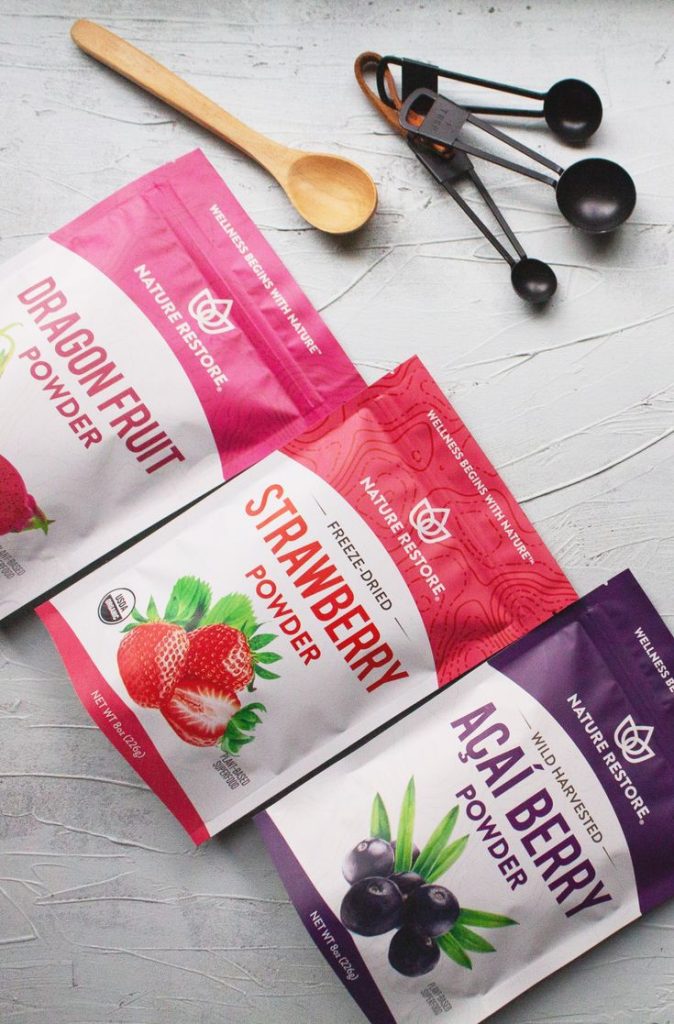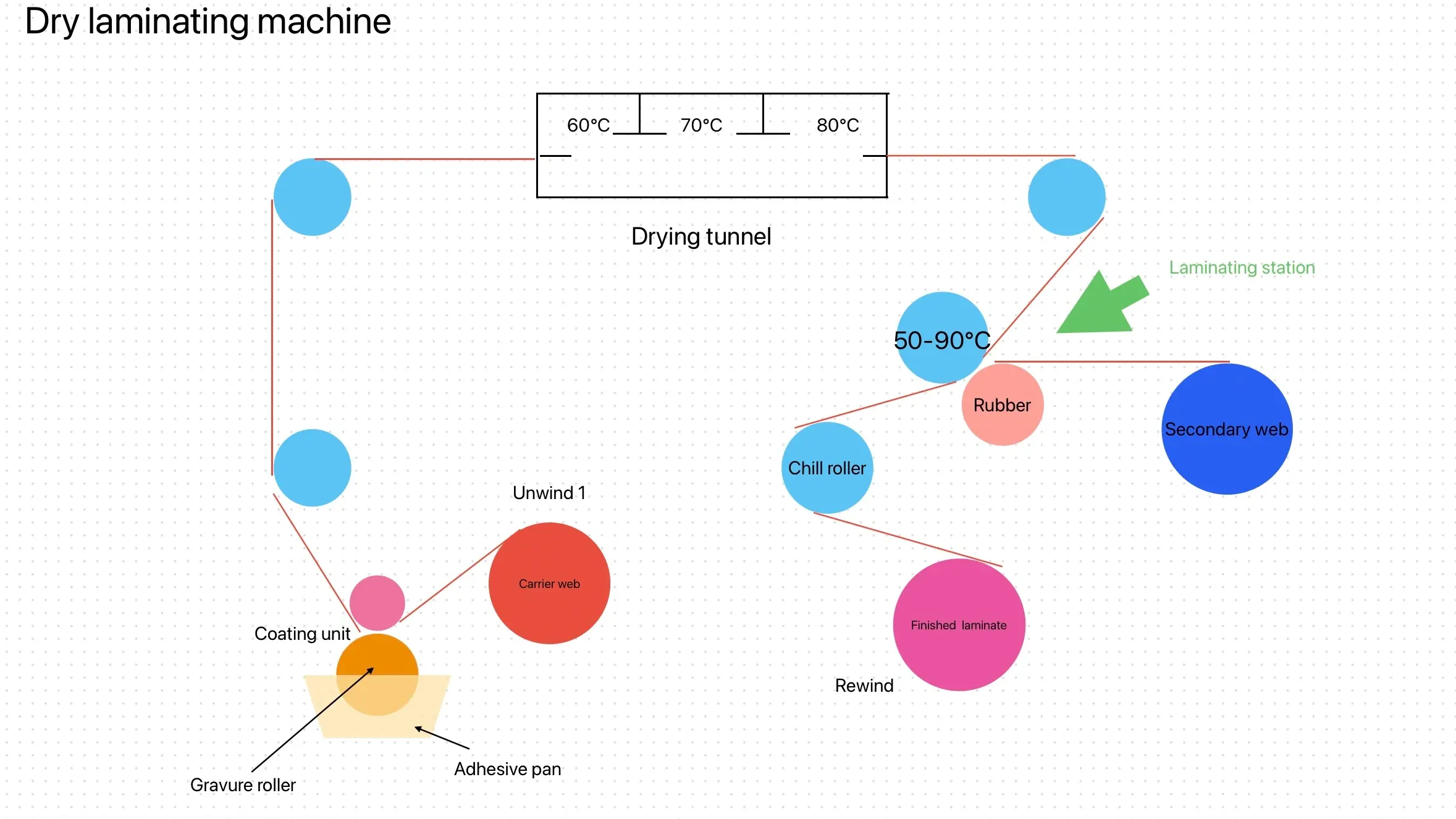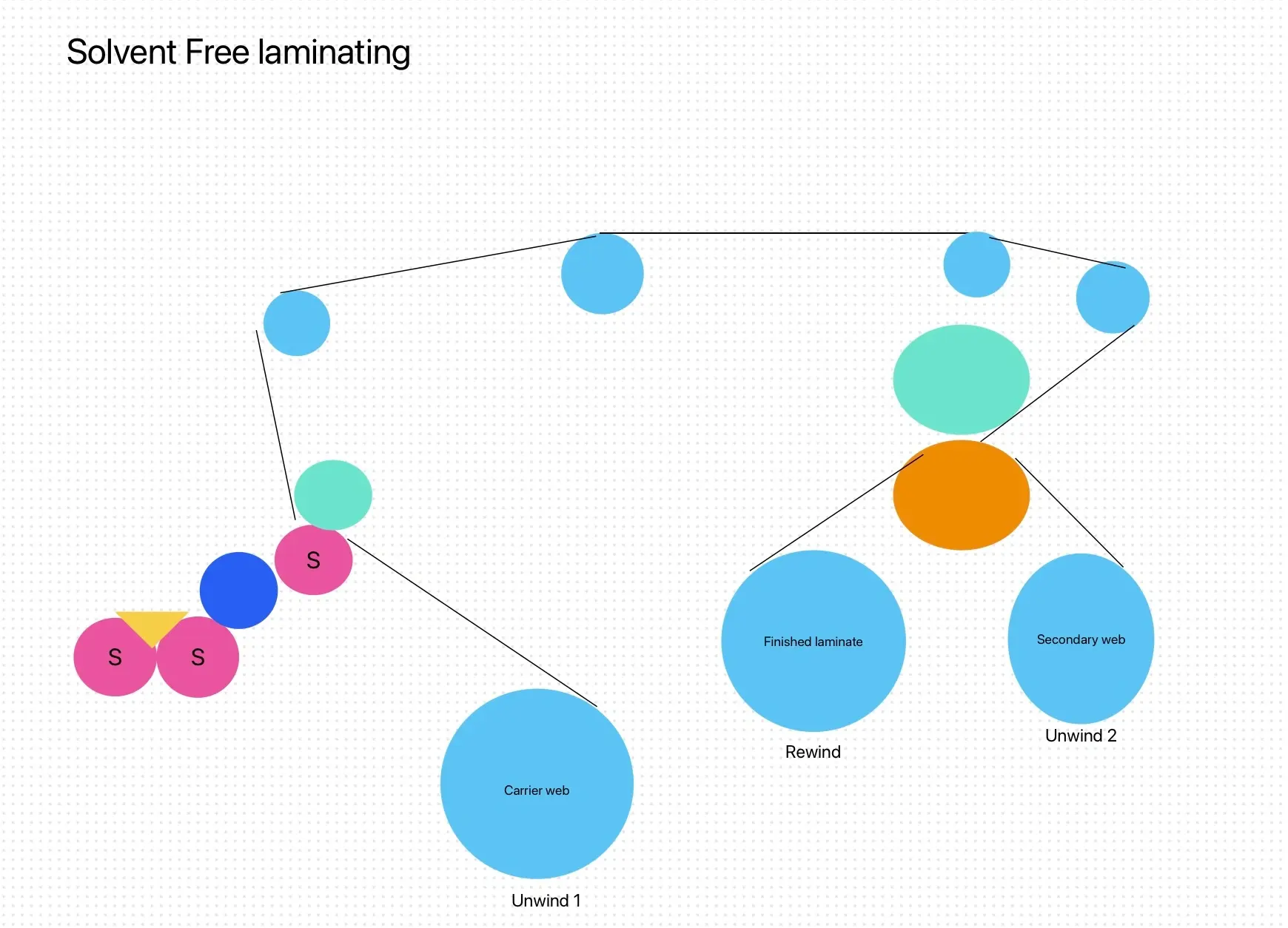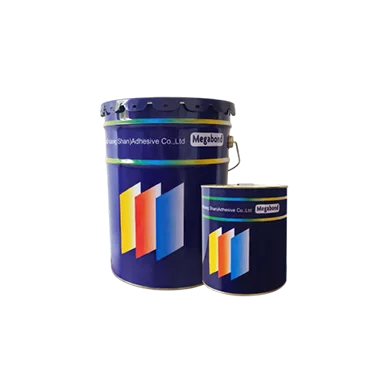
Composite packaging bags are made of a variety of materials, including PE (polyethylene), PP (polypropylene), PET (polyester), etc. These materials have their own characteristics, such as moisture-proof, cold-resistant, and high-temperature resistant.
For example, BOPP/LLDPE two-layer composite packaging bags are moisture-proof, cold-resistant, and have strong low-temperature heat-sealing tensile strength, which are suitable for packaging instant noodles, snacks, frozen snacks, etc.
For example, PET/CPP two-layer composite packaging bags are moisture-proof, oxygen-proof, fragrance-preserving, and high-temperature resistant, which are suitable for packaging steamed, alcoholic, and fragrant foods.
(1) Specifications and sizes:
According to the shape, size, and packaging requirements of the food, choose the appropriate specifications and sizes.
(2) Manufacturer:
Choose a regular and reputable manufacturer to ensure the quality and safety of the composite packaging bags.
(3)Other considerations:
Consider the type and storage conditions of the food, such as whether it needs to be refrigerated and whether it is resistant to high temperatures.
Consider the environmental friendliness of the composite packaging bag and choose recyclable and degradable materials.
1. Application of composite packaging bags
(1) Food preservation:
Composite packaging bags can effectively isolate oxygen, moisture and light, thereby extending the shelf life of food.
(2)Convenient to carry:
Composite packaging bags are light and easy to carry, suitable for packaging and transportation of various foods.
(3) Aesthetics:
Composite packaging bags can be decorated through various processes such as printing and hot stamping to improve the beauty and attractiveness of the product.
(4) Safety:
Selecting qualified composite packaging bag materials and manufacturers can ensure the safety of food.
2. Summary
When selecting and applying composite packaging bags for food packaging, it is necessary to comprehensively consider multiple factors such as materials, specifications, manufacturers, food types and storage conditions. Through reasonable selection and application, the safety and shelf life of food can be ensured, while improving the beauty and attractiveness of the product.




